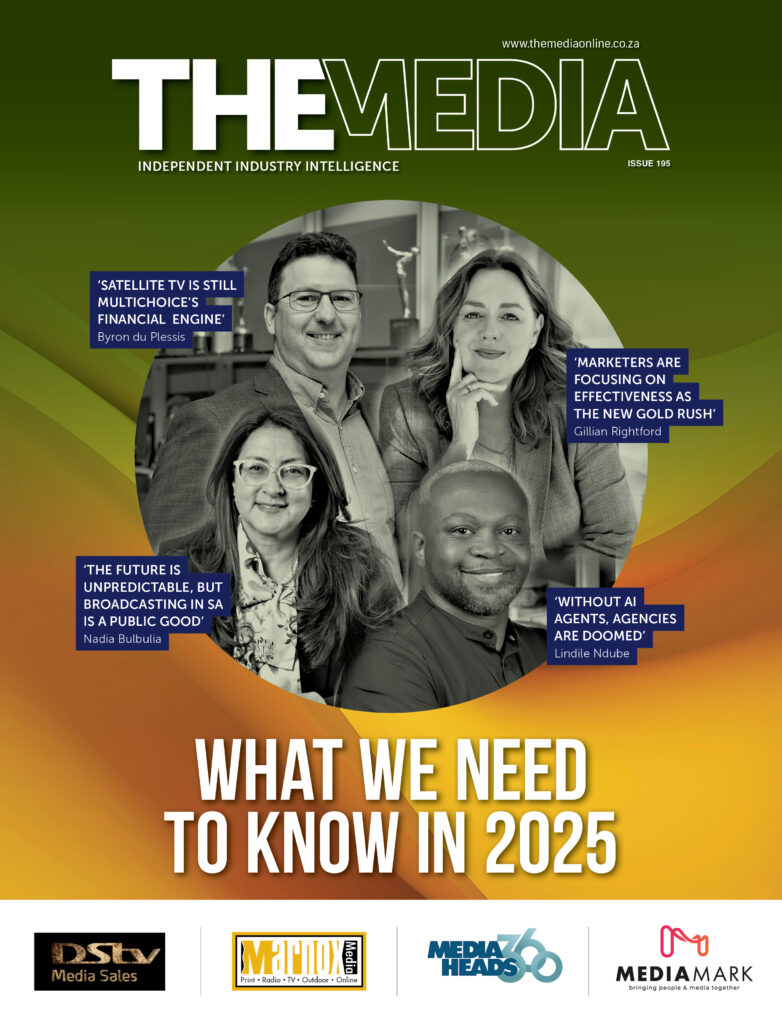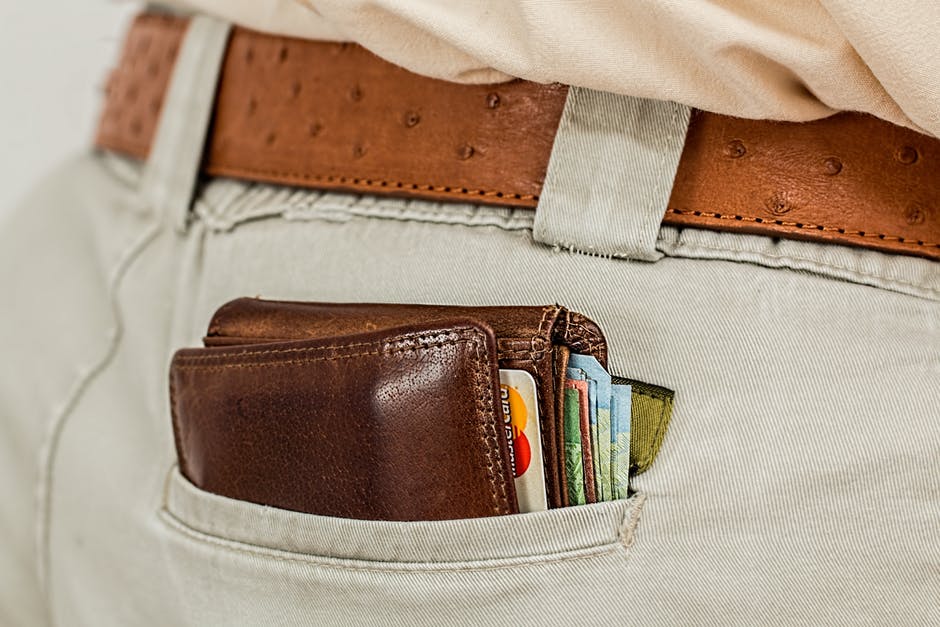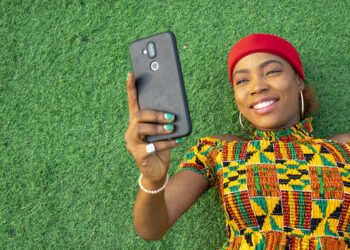AI’s inability to imagine – or track the underground spaces where new genres, styles, and cultures are born – means it’s still very much the co-pilot to captains of creativity.
Advertising has always been about pushing boundaries – whether through disruptive storytelling, bold design, or experiential campaigns that capture consumer imagination. It’s an industry that blends outliers, visionaries, and the everyday into compelling narratives.
Advertisers understand the fine line between experimental and exponential, harnessing untapped imagination to make an impact.
AI is analytically powerful but does not inherently ‘imagine’. It remixes, refines and accelerates execution. AI is the executive assistant, the army, the Excel formula, and the thought starter you’ve always read about on LinkedIn but couldn’t afford or didn’t know where to find.
In 2025, AI’s role in the industry is shifting from experimentation to implementation. Agencies now use AI for media planning, dynamic ad creation, audience segmentation, and real-time campaign optimisation. Mundane tasks, formulaic feedback, PowerPoint decks, and campaign data analysis can all be handled with basic prompts. AI never needs a smoke break, a salary increase or steals a teaspoon from the company kitchen!
Efficiency doesn’t equal creativity
Creativity is borne through unexpected connections, challenging norms, and tapping into cultural nuances and undercurrents. It encompasses calculated risks, human intuition, and the ability to sense what will resonate.
AI can assist in pattern recognition, but it can’t read the subtle energy and emotions of people and places. It doesn’t get gut feelings, and it doesn’t have the lived experiences that shape true creative brilliance.
The real opportunity lies in AI augmenting creative intuition rather than replacing it. The value of lived experiences, emotional triggers, personal dreams, aspirations, and the psychology of people in action and thought can’t be prompted. AI can help us find trends, but it takes human ingenuity to make meaning out of them.
From AI to brand narrative
AI-driven insights can help identify micro-trends and community sentiment, but it takes human intuition to craft stories that truly resonate. Consider Nando’s: known for its sharp, culturally relevant local campaigns; AI can help the brand track real-time social sentiment, but not translate that into an impactful message – for that, a creative team is still required.
A prime example is the recent ‘Nou Vat’ campaign, which launched immediately after the finance minister cancelled the Budget Speech due to a disagreement over a VAT increase. The creative team ran with the national zeitgeist to play on language and cultural nuances, in a flash.
No AI model could have produced that level of insight in real-time – it required human instinct.
Redefining predictive planning
Programmatic advertising has already reshaped media buying, but the next layer is predictive media planning, powered by AI. Platforms like Google’s Performance Max optimise ad placements across channels – but without strategic human input, campaigns risk becoming generic and impersonal.
Radio and television stations can also empower staff by using AI to compare audience data with available inventory, ensuring optimal ad scheduling. This fusion of data-driven efficiency with human strategy is where AI’s real potential lies.
There is no AI without ‘I’
The best advertising doesn’t just sell; it provokes, inspires, and shifts culture. Independent thought knows when a campaign needs to be adjusted for culture, geography, or language.
Large language models are improving, but they are not optimised for our 12 official languages. Trend analysis remains complex and multi-layered, requiring a deep understanding of social, economic, and cultural dynamics.
AI can analyse past trends with the right prompts, but it cannot track underground movements – the bedroom producers, the street artists, the township designers shaping the next big thing. It’s in these spaces where new genres, styles, and cultures are born, often unseen by traditional data collection methods.
AI amplifies the creative process without rendering it obsolete. By automating the everyday grind and eliminating repetitive tasks, AI frees up creatives to think bigger, dream bolder, and experiment more.
Many still see AI as a separate stack from technology and digital innovation, but those who can blend AI with human insight will be the early winners. AI provides efficiency, but human ingenuity brings the soul, intuition, and disruption that make creativity thrive.
Human ingenuity is shaped by emotional intelligence (or the lack thereof), curiosity, experimentation, and an innate desire to disrupt. When these elements intersect with efficiency, optimisation, and data analysis, creativity doesn’t just survive – it thrives.

Candy Dempers is the managing director of MediaHeads 360, a specialist media and creative agency. With 26 years of experience in sales and marketing, Dempers thrives at the intersection of creativity and strategy, crafting impactful campaigns for brands.
CLICK ON THE COVER TO READ THE MEDIA APRIL 2025 ISSUE















